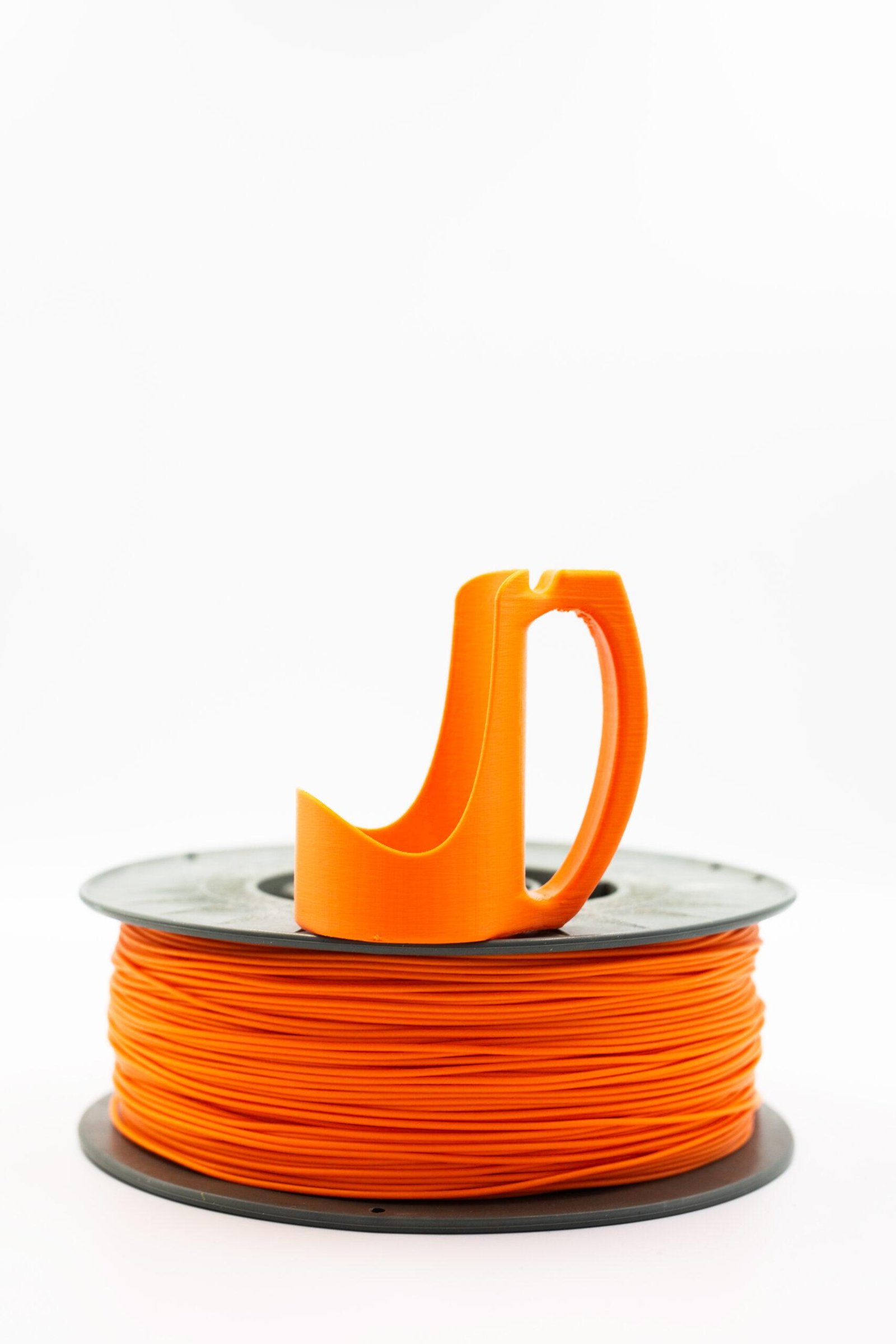When it comes to 3D printing, PCTG filament stands out as a reliable material—boasting clarity, strength, and excellent impact resistance. However, even experienced makers know that PCTG prints can sometimes suffer from warping and cracking, threatening both the appearance and structural integrity of your parts. If you’ve ever pulled a finished piece off your printer bed only to find curled edges or hairline fractures, you know just how frustrating this can be. The good news? With a few simple adjustments and some expert know-how, you can produce consistently flawless PCTG prints. Let’s dive into the causes and cures for these common challenges.
Understanding the Unique Nature of PCTG
PCTG is a modified copolyester, closely related to PETG but with some distinct advantages. Its improved toughness, chemical resistance, and transparency make it a top choice for functional prototypes, mechanical parts, and even food-safe containers. Unlike more forgiving filaments, though, PCTG’s thermal characteristics can leave it vulnerable to thermal contraction—one of the key culprits behind warping and cracking.
Why Do PCTG Prints Warp and Crack?
Before you can fix the problem, it’s crucial to understand its source. Warping typically happens when the base layers of your print cool too quickly or unevenly, causing them to shrink and lift from the build plate. Cracking, meanwhile, is usually the result of internal stress as different layers contract at different rates during printing or cooling. Environmental factors, incorrect settings, poor adhesion, and even your part’s design can all play a role.
Optimize Your Print Settings for Success
To minimize warping and cracking, start by dialing in your printer settings:
- Nozzle Temperature: PCTG generally prints best between 250–270°C, but always check your filament manufacturer’s recommendations.
- Bed Temperature: A heated bed is essential—aim for 80–90°C to keep the first layers warm and sticky.
- Layer Height & Speed: Printing with a layer height of 0.2mm and at moderate speeds (35–50mm/s) helps layers fuse better and reduces the risk of internal stress.
- Cooling Fan: For PCTG, keep part cooling fans at low or off, especially for the first few layers. Excessive cooling can trigger cracks.
Perfecting Bed Adhesion: The First Step to Success
Good prints begin with good adhesion. Here’s how to get it right:
- Choose the Right Build Surface: Glass beds work well for PCTG, but PEI sheets or textured build plates can also provide excellent grip.
- Use an Adhesive: Even on a heated bed, PCTG benefits from extra stick. Apply a thin layer of glue stick, Magigoo, or specialized 3D printing adhesive to prevent lifting.
- Prepare the Bed: Make sure your print bed is spotless. Wipe with isopropyl alcohol before each print to remove dust or oils.
- First Layer Height: Print your first layer slightly squished into the bed—this increases the surface area and helps anchor your part.
Manage the Environment for Print Stability
PCTG is sensitive to temperature changes and air movement:
- Enclosure: Printing inside an enclosure is one of the most effective ways to combat warping and cracking. Enclosures keep the print environment warm and shield your part from drafts.
- Avoid Drafts: Even small air movements can cause dramatic temperature swings at the print surface. Keep windows and doors closed, and avoid printing near air conditioning vents.
- Stable Ambient Temperature: Aim for a room temperature above 20°C, and avoid printing in cold garages or basements.
Smart Design Choices That Prevent Failures
Sometimes the answer lies in your CAD file:
- Round the Corners: Sharp corners cool faster and are more likely to warp. Fillet or chamfer edges wherever possible.
- Avoid Large Flat Surfaces: Large, flat prints are more prone to curling. If possible, split large parts into smaller sections or add features like brims or rafts.
- Optimize Infill Patterns: Dense infill increases stress. For functional prints, use grid or gyroid patterns at 20–40% infill for strength without excess internal tension.
- Orient Parts Wisely: Place the largest flat surface against the build plate, and avoid vertical printing for tall, thin objects.
Troubleshooting and Post-Processing
Even with all precautions, issues sometimes arise:
- If Warping Occurs: Pause and reheat your bed or add a brim to your model. In minor cases, gentle post-print heating (with a heat gun) can help relax the warped area.
- If Cracking Appears: Lower the cooling fan speed and increase the bed temperature for your next print. Check your enclosure and avoid abrupt changes in ambient temperature.
- Repairing Minor Defects: Small cracks can be repaired with compatible adhesives or solvent welding, but major defects may require a reprint.
Conclusion: Consistency Comes From Care
PCTG rewards attention to detail—fine-tuning your printer, optimizing your print environment, and making smart design decisions all add up to flawless, strong, and beautiful prints. If you’re ready to explore top-quality PCTG filaments or need more expert printing advice, discover our selection and guides at filalab.shop.

